Refine search
Actions for selected content:
106095 results in Materials Science
Appendix 1 - Introduction to Fourier transforms in EXAFS
-
- Book:
- Introduction to XAFS
- Published online:
- 25 January 2011
- Print publication:
- 28 January 2010, pp 193-211
-
- Chapter
- Export citation
References
-
- Book:
- Introduction to XAFS
- Published online:
- 25 January 2011
- Print publication:
- 28 January 2010, pp 251-257
-
- Chapter
- Export citation
Preface
-
- Book:
- Introduction to XAFS
- Published online:
- 25 January 2011
- Print publication:
- 28 January 2010, pp vii-viii
-
- Chapter
- Export citation

Ion-Solid Interactions
- Fundamentals and Applications
-
- Published online:
- 27 January 2010
- Print publication:
- 29 March 1996

Modern Techniques of Surface Science
-
- Published online:
- 26 January 2010
- Print publication:
- 03 March 1994
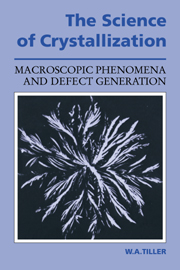
The Science of Crystallization
- Macroscopic Phenomena and Defect Generation
-
- Published online:
- 22 January 2010
- Print publication:
- 26 March 1992

The Electrical Properties of Disordered Metals
-
- Published online:
- 21 January 2010
- Print publication:
- 27 October 1995
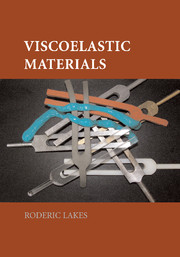
Viscoelastic Materials
-
- Published online:
- 21 January 2010
- Print publication:
- 27 April 2009

Polymers at Surfaces and Interfaces
-
- Published online:
- 19 January 2010
- Print publication:
- 22 April 1999
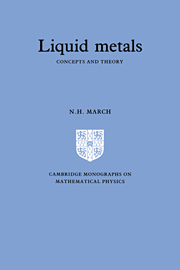
Liquid Metals
- Concepts and Theory
-
- Published online:
- 19 January 2010
- Print publication:
- 26 October 1990

Reflection Electron Microscopy and Spectroscopy for Surface Analysis
-
- Published online:
- 18 January 2010
- Print publication:
- 23 May 1996
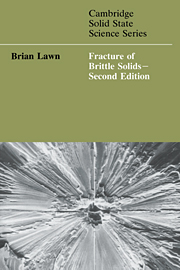
Fracture of Brittle Solids
-
- Published online:
- 14 January 2010
- Print publication:
- 03 June 1993
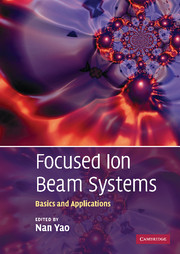
Focused Ion Beam Systems
- Basics and Applications
-
- Published online:
- 12 January 2010
- Print publication:
- 13 September 2007
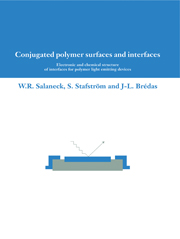
Conjugated Polymer Surfaces and Interfaces
- Electronic and Chemical Structure of Interfaces for Polymer Light Emitting Devices
-
- Published online:
- 12 January 2010
- Print publication:
- 10 October 1996

Liquid Crystalline Polymers
-
- Published online:
- 08 January 2010
- Print publication:
- 11 May 2006
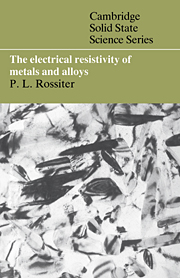
The Electrical Resistivity of Metals and Alloys
-
- Published online:
- 07 January 2010
- Print publication:
- 24 April 1987

New Directions in Solid State Chemistry
-
- Published online:
- 06 January 2010
- Print publication:
- 28 February 1997

Reinforcement of Polymer Nano-Composites
- Theory, Experiments and Applications
-
- Published online:
- 06 January 2010
- Print publication:
- 13 August 2009
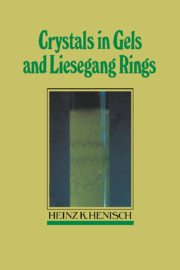
Crystals in Gels and Liesegang Rings
-
- Published online:
- 06 January 2010
- Print publication:
- 27 May 1988
Microstructure Effects in Amorphous and Microcrystalline Ge:H Films
-
- Journal:
- MRS Online Proceedings Library Archive / Volume 1245 / 2010
- Published online by Cambridge University Press:
- 01 February 2011, 1245-A04-04
- Print publication:
- 2010
-
- Article
- Export citation
